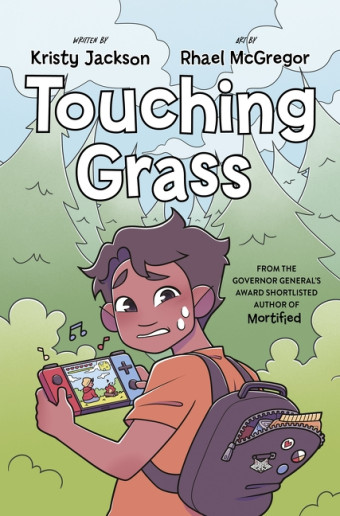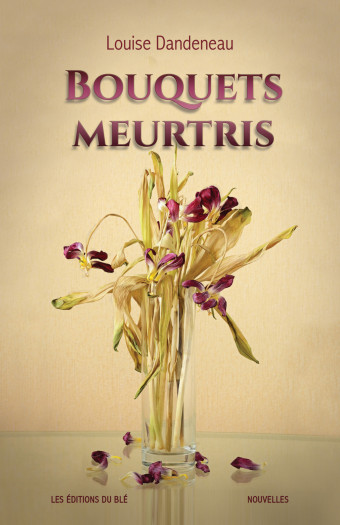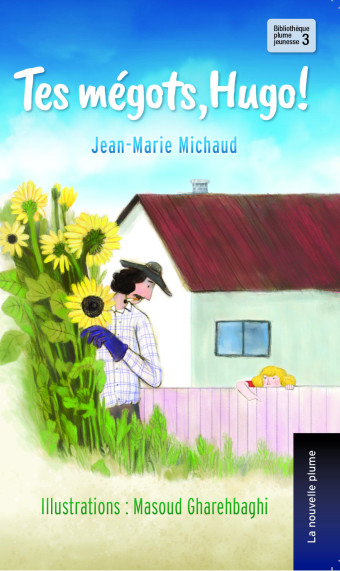Slow and steady wins the race. Who doesn’t remember the moral of Aesop’s fable “The Hare and the Tortoise”?
In his first picture book, Le Grand barrage, Jean-Pierre Picard offers a fable for modern times for children as well as adults. A musician, graphic designer, journalist, author, and webmaster originally from the Outaouais region of Québec, Jean-Pierre Picard has called Saskatchewan home since 1986.

- Le Grand Barrage
- Jean-Pierre Picard, Karen Olsen (Illustrator)
- Les Éditions de la nouvelle plume
- $14,95 pb, 40 pages
- ISBN: 978-2-924237-76-2
He explains why he chose to write an allegorical tale. “I like this formula which, through animals, creates a certain detachment between our emotions or thoughts and those of the protagonists. It allows us to take an external look at ourselves.”
His interest in beavers goes back to the summers of his childhood. “Near our cabin, there was a path that plunged into the forest leading to a marsh that owed its existence to a beaver dam,” he says. “The beaver is a truly fascinating animal. It was on its back that the Canada of the Europeans was built.”
Le Grand barrage, illustrated by Karen Olsen, is the story of a colony of beavers and their oversized project: a massive permanent dam on a large river.
“The story supplies the backdrop for addressing various reflections, particularly on the importance of maintaining traditional knowledge in a changing society. The story also addresses the place given to public monuments linked to a painful past,” says Picard.
“Our ancestors knew how to provide for their family on a small plot of land and by sharing knowledge among neighbours. They knew how to fix things.”

Picard believes that today, we would be in very bad shape if we had to do without our current technology.
“It’s difficult in this universe where the electron reigns, but I believe in the need to nurture a certain autonomy,” he says. “Like the Great Dam in the fable, our civilization is fragile, and the day may come (I hope not!) when we will have to manage with the means at hand. Think back, for example, to situations such as the ice storm where entire cities were deprived of electricity.
“Small things can make a big difference like knowing how to start a fire when the wood is wet, or which plants in our environment can heal or nourish us.”












